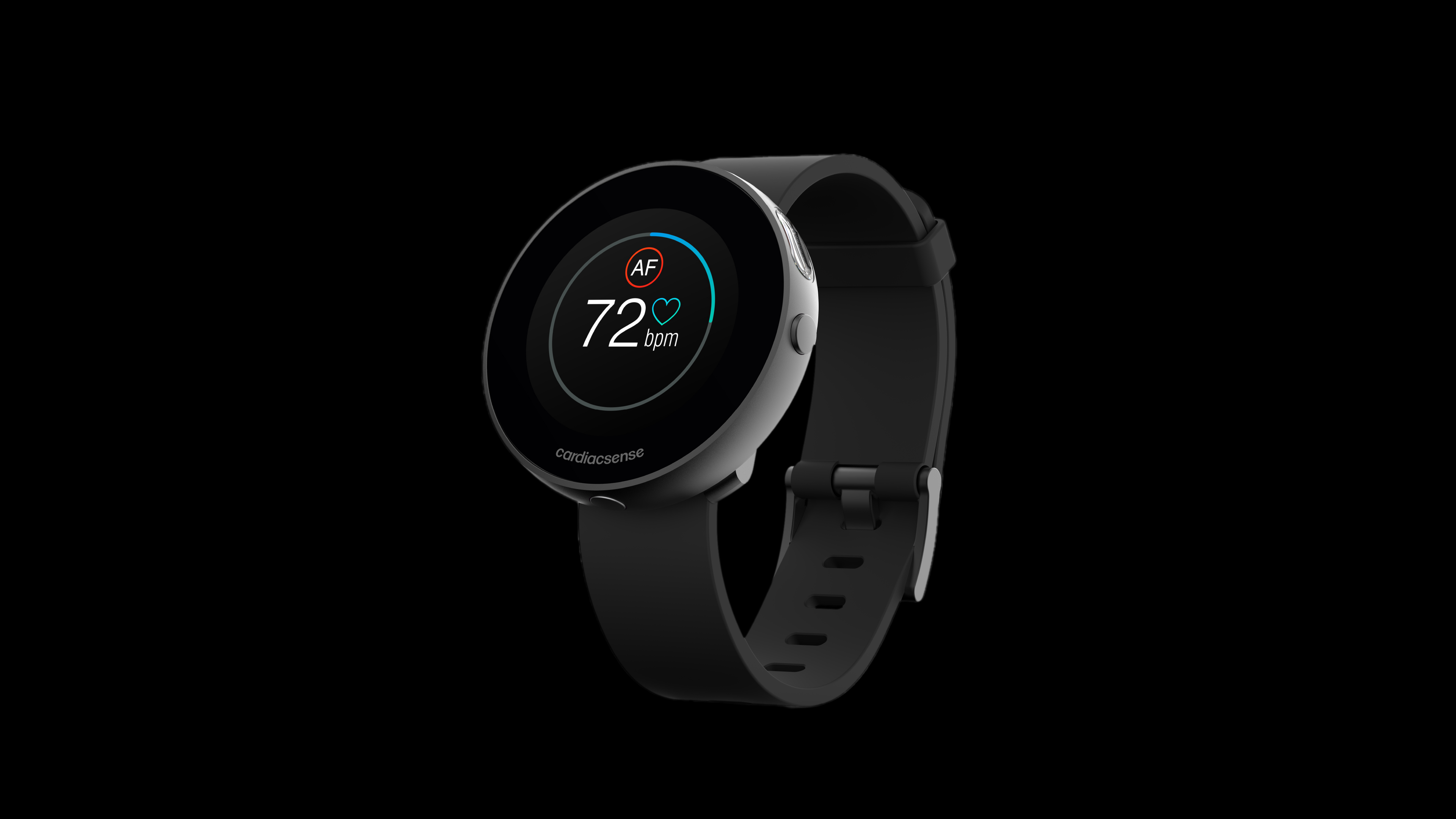Getting monetary value out of all your R&D efforts is key to the long-term success of your business. Launching products and services seems straightforward, especially when you have a groundbreaking piece of technology in hand. Unfortunately, it takes a far greater effort than you may think to launch a product in a quick, efficient, flawless, and successful way. The article below describes one of the pitfalls you might encounter when blinded by enthusiasm to storm a market.
Ready for revenue!
So, you are finally ready. Your product baby is born. You went through the long, challenging, and hopefully rewarding journey of turning your ideas into something ready for primetime. You have spent time designing and developing your product and services, you know how to make and deliver your product, you have spent countless hours certifying the manufacturing process, and you have obtained the necessary regulatory approval, so all in all, you are super excited and ready to conquer the market. But are you really ready?
What does your prime market look like?
Where do you go first, and what differences exist between countries, segments, and target audiences?
You might want to create a business development team or need to scale your sales team with additional bandwidth to support your product launch. At the same time, you need to make sure that the financial commitments you are engaging in by putting (more) commercial staff on your payroll are used in the best possible way.
Since you are super excited to finally start generating revenue from your new product, you may be exposing yourself to the risk of sending your well-paid sales colleagues in all directions and in a very opportunistic way.
Although that approach certainly will bring you early success (and extensive expense sheets), such an uncoordinated and scattershot approach might equally result in lower returns faster than anticipated or even not deliver all the revenue you had anticipated (that is if you had a clear revenue target to start with, of course).
What success factors do you have to consider?
Firstly, make sure you spend more time at the drawing table — not to create more features for your product but to build a detailed go-to-market plan.
Such a plan looks at a variety of commercially relevant questions to ensure you direct your sales efforts toward a manageable-sized target audience with the appropriate selling arguments, and the firm belief that the first customer you land will be excited about your product and the customer experience they are getting from you.
Addressing the topics below is an absolute minimum when building your go-to-market plan:
- Come up with a clear definition of your prime target market (oh, and by the way, “all hospitals in Europe” is not a clear definition).
- Eloquently define your unique value proposition (and have it tested/approved in customer conversations).
- Thoroughly understand your competition, especially if your competitors have been first to market. A good understanding of how to compete while validating that your competitive arguments are also at the front your customers’ minds is instrumental for successful sales conversations.
- Make sure you have a realistic and well-researched price setting and pricing structure (understand how different markets might dictate price differences and make sure you know how sales and distributor discounts impact your financials).
- Map your operational framework in great detail. Do you understand how you will organize logistics, invoicing, tax situations, and after-sales support? Have you considered cold chain challenges, cross-border shipments, customs implications, language barriers, and customer expectations regarding responsiveness and technical support?
The hope that a strategy effective in a country with a predominantly centralized healthcare system and high reimbursement rates will be equally successful in a country with a different healthcare structure, including different reimbursement rates and certification and registration rules, might be overly optimistic. You could ultimately burn more cash in trying to sell your product than the revenue it generates!
How can we help?
At QbD Business and Communications, we engage with companies to help them throughout the various stages of the commercialization journey, including those early business development efforts.
We help build go-to-market plans that cover all bases, validate assumptions, and provide an outside view so that every conversation had by your well-paid and resource-restricted business development team happens with carefully selected contacts in a relevant market while positioning sales arguments that resonate with your prospects.
Are you interested in more insights? Is the deadline for your next product launch creeping up, and you’re uncertain if you’ve covered all your bases, or are you simply struggling to get the market uptake you had aimed for? Let’s talk.
Send your mail to our senior consultant Steven: steven.vanhove@qbdgroup.com












